Variegated Ficus Deltoidea in ceramic pot (flowered & fruited)
$69.00
Commonly known as the mistletoe fig, this evergreen shrub is a beautiful addition to any home. Its delicate leaves, featuring a creamy yellow and green hue, make it a stunning houseplant that complements any decor.
Native to Southeast Asia, this plant thrives in similar climates and could be the perfect choice if you’re looking for a resilient and low-maintenance indoor plant.
Out of stock
Caring for Ficus deltoidea ‘Variegata’
Ficus deltoidea ‘Variegata’, also known as the Mistletoe Fig, is a beautiful and unique plant known for its variegated leaves and easy-care nature. Here’s how to ensure your Ficus deltoidea ‘Variegata’ thrives in your home or garden.
Key Features
- Distinctive Leaves: The plant features rounded, variegated leaves with a mix of green, white, and yellow, adding a splash of color to any space.
- Compact Growth: Typically grows up to 1 meter in height, making it suitable for indoor containers or small garden spaces.
- Low Maintenance: Ficus deltoidea ‘Variegata’ is a hardy plant that requires minimal care once established.
Light
Ficus deltoidea ‘Variegata’ prefers bright, indirect light. It can tolerate some direct sunlight, but too much can scorch the leaves. If grown indoors, place it near a window that receives filtered light.
Watering
Keep the soil consistently moist but not waterlogged. Water when the top inch of soil feels dry to the touch. Reduce watering in the winter months when the plant’s growth slows down.
Soil
Use a well-draining potting mix. A mix designed for houseplants or a combination of peat, perlite, and pine bark works well. Ensure the pot has drainage holes to prevent water from accumulating at the bottom.
Temperature and Humidity
Ficus deltoidea ‘Variegata’ thrives in temperatures between 18°C to 24°C. It prefers moderate to high humidity. If your home is dry, consider using a humidity tray or a humidifier to maintain the necessary moisture levels.
Fertilizing
Feed the plant with a balanced, water-soluble fertilizer every 4-6 weeks during the growing season (spring and summer). Reduce feeding in the fall and winter.
Pruning
Prune your Ficus deltoidea ‘Variegata’ to maintain its shape and remove any dead or damaged leaves. Pruning can also encourage bushier growth.
Pest Control
Ficus deltoidea ‘Variegata’ is generally pest-resistant but can occasionally attract mealybugs, spider mites, or scale. Inspect the plant regularly and treat any infestations with insecticidal soap or neem oil.
Repotting
Repot your Ficus deltoidea ‘Variegata’ every 2-3 years or when it outgrows its current pot. Choose a pot that is 1-2 inches larger in diameter than the current one and refresh the potting mix.
Common Problems
- Leaf Drop: Can be caused by sudden changes in temperature, overwatering, or underwatering. Ensure stable conditions and proper watering habits.
- Yellow Leaves: Often a sign of overwatering. Check the soil moisture and adjust your watering schedule accordingly.
- Brown Leaf Edges: Typically due to low humidity or underwatering. Increase humidity and ensure consistent watering.
Conclusion
With its beautiful variegated leaves and easy-care nature, Ficus deltoidea ‘Variegata’ is a wonderful addition to any home or garden. By following these care tips, you can ensure your plant remains healthy and vibrant. Happy gardening!
Only logged in customers who have purchased this product may leave a review.
Related products
Mickey Mouse Plant – Xanthosoma atrovirens ‘Albomarginata’ 2L pot
Tequila Agave (Blue Agave, Agave tequilana)
Bring Paradise Home: Strelitzia reginae Seedlings for Sale!
Spathiphyllum ‘Domino’ Variegated Peace Lilly
Zebra Glamour: Transform Your Space with the Vibrant Aphelandra Squarrosa! 4.7L
Meet the Aphelandra Squarrosa, affectionately known as the Zebra Plant! With its dazzling striped leaves and radiant yellow blooms, this tropical beauty is ready to turn your home into a verdant paradise. Whether you're a plant novice or a seasoned green thumb, the Zebra Plant is here to dazzle and delight.
Why You'll Love It:
- Striking Aesthetics: The Zebra Plant's bold, patterned foliage makes it a standout piece in any room, adding a touch of exotic flair.
- Air-Purifying Power: This green wonder helps clean the air, making your home a healthier place to breathe.
- Mood Booster: Brighten up your day with the vibrant energy of its lush, green leaves and sunny flowers.
- Easy Care: With a bit of love and the right conditions, the Zebra Plant is easy to keep happy and thriving.
The Red Pineapple (Ananas bracteatus)
Key Features
- Striking Appearance: The Red Pineapple is renowned for its eye-catching red fruit, which is smaller but more colorful than the common pineapple. Its bright, reddish-pink bracts and green foliage make it a standout in any setting.
- Versatile Use: This plant can be grown both outdoors in tropical and subtropical climates and indoors as a potted plant in cooler regions.
- Easy to Grow: The Red Pineapple is a low-maintenance plant that thrives in well-drained soil and requires minimal watering once established. It's also resistant to many common pests and diseases.
- Edible and Ornamental: While primarily grown for its ornamental value, the fruit of the Red Pineapple is edible and can be enjoyed fresh, though it is often more tart than commercial pineapples.
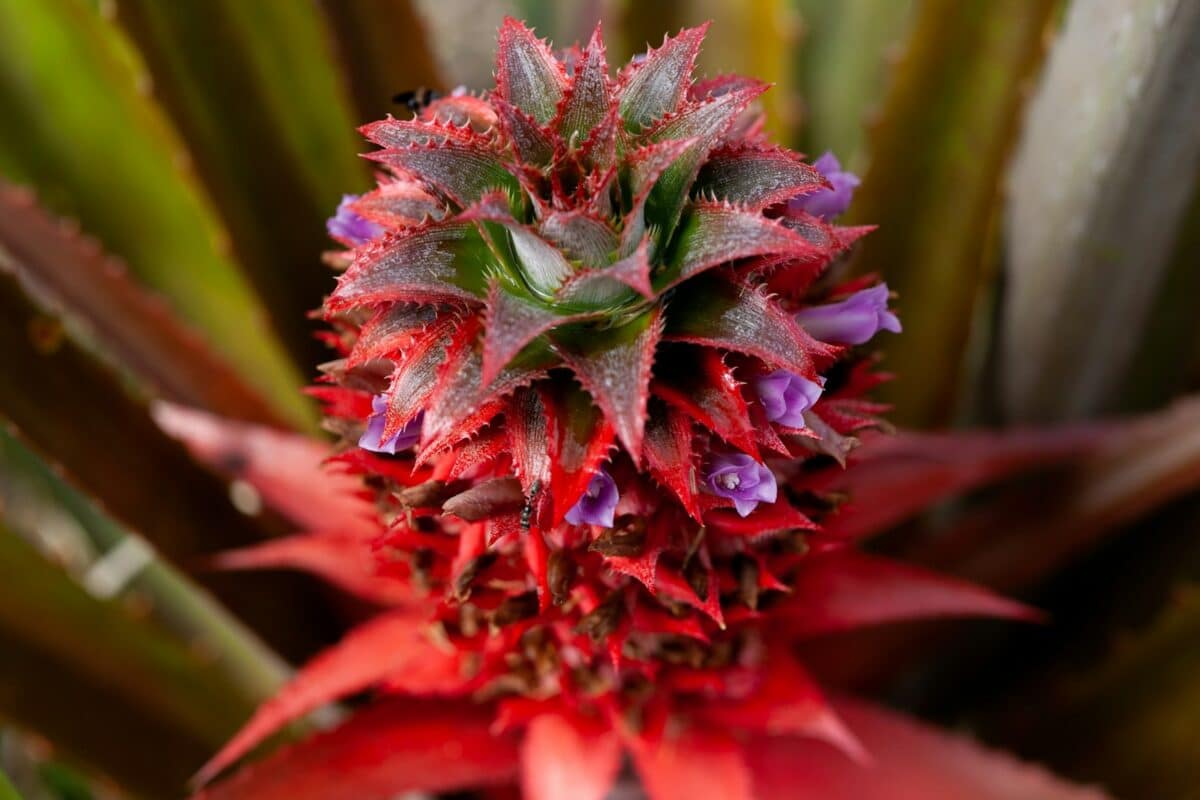
Photo by PROJETO CAFÉ GATO-MOURISCO on Unsplash

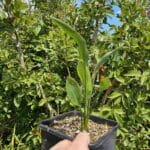

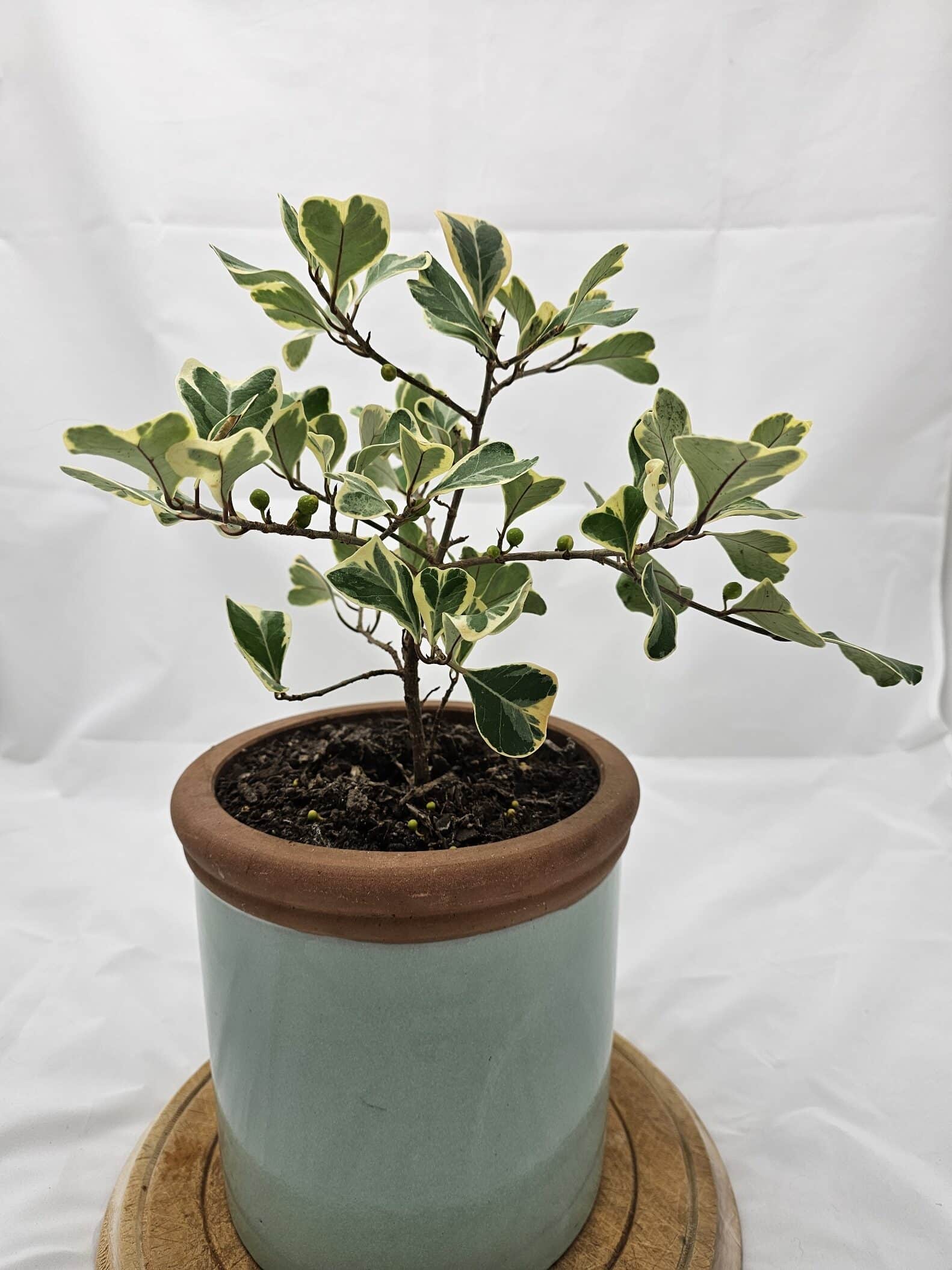
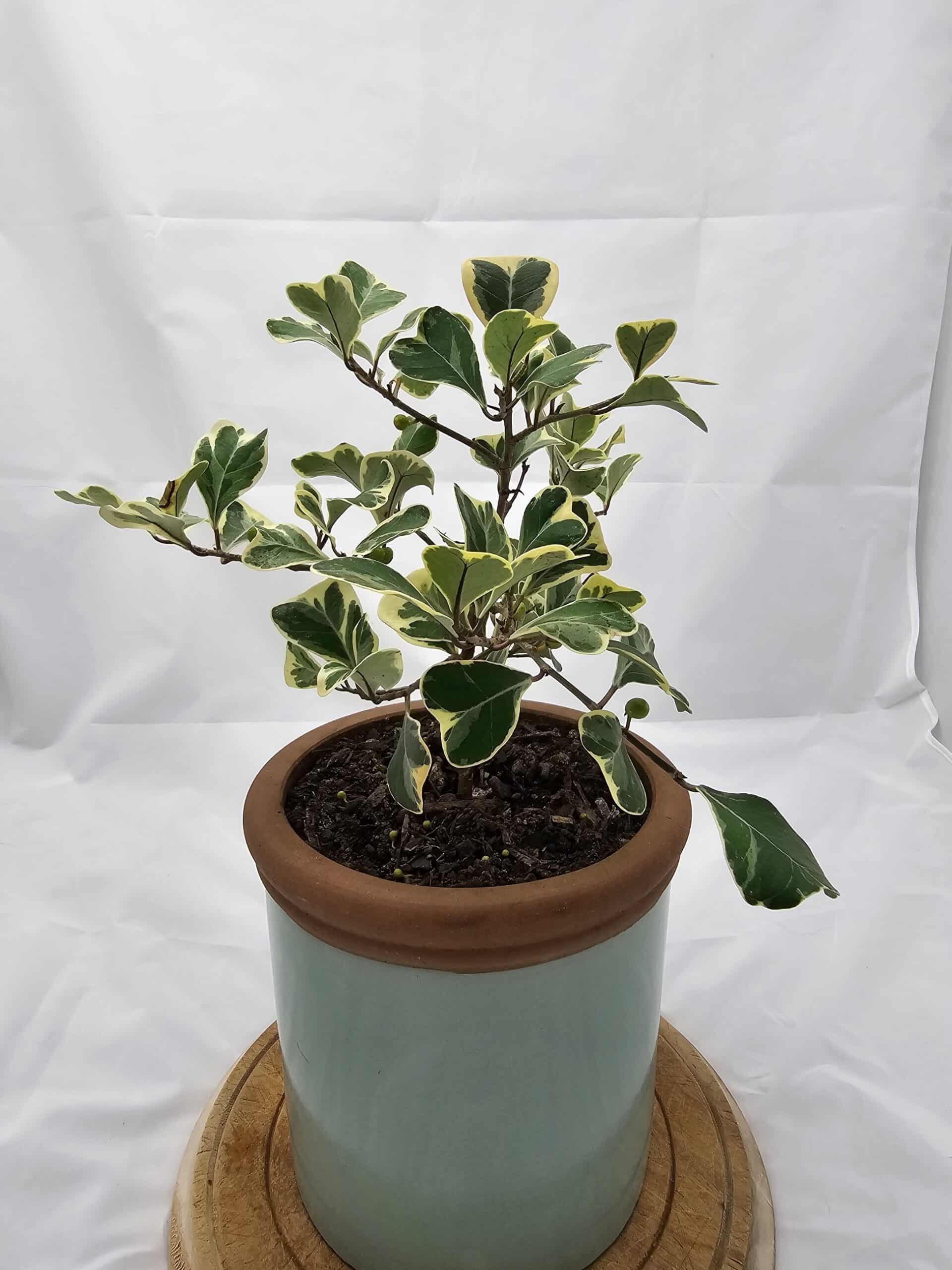
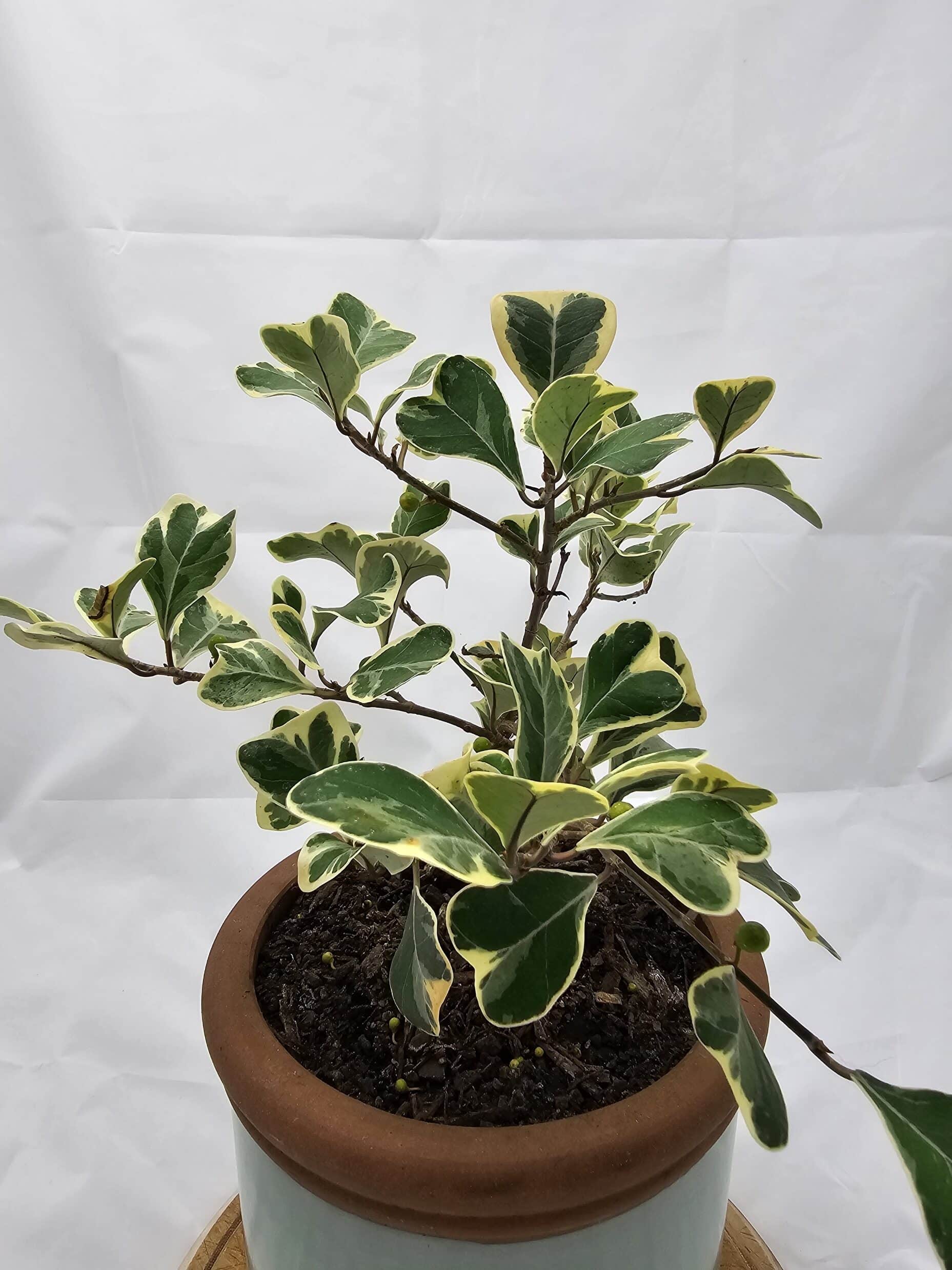
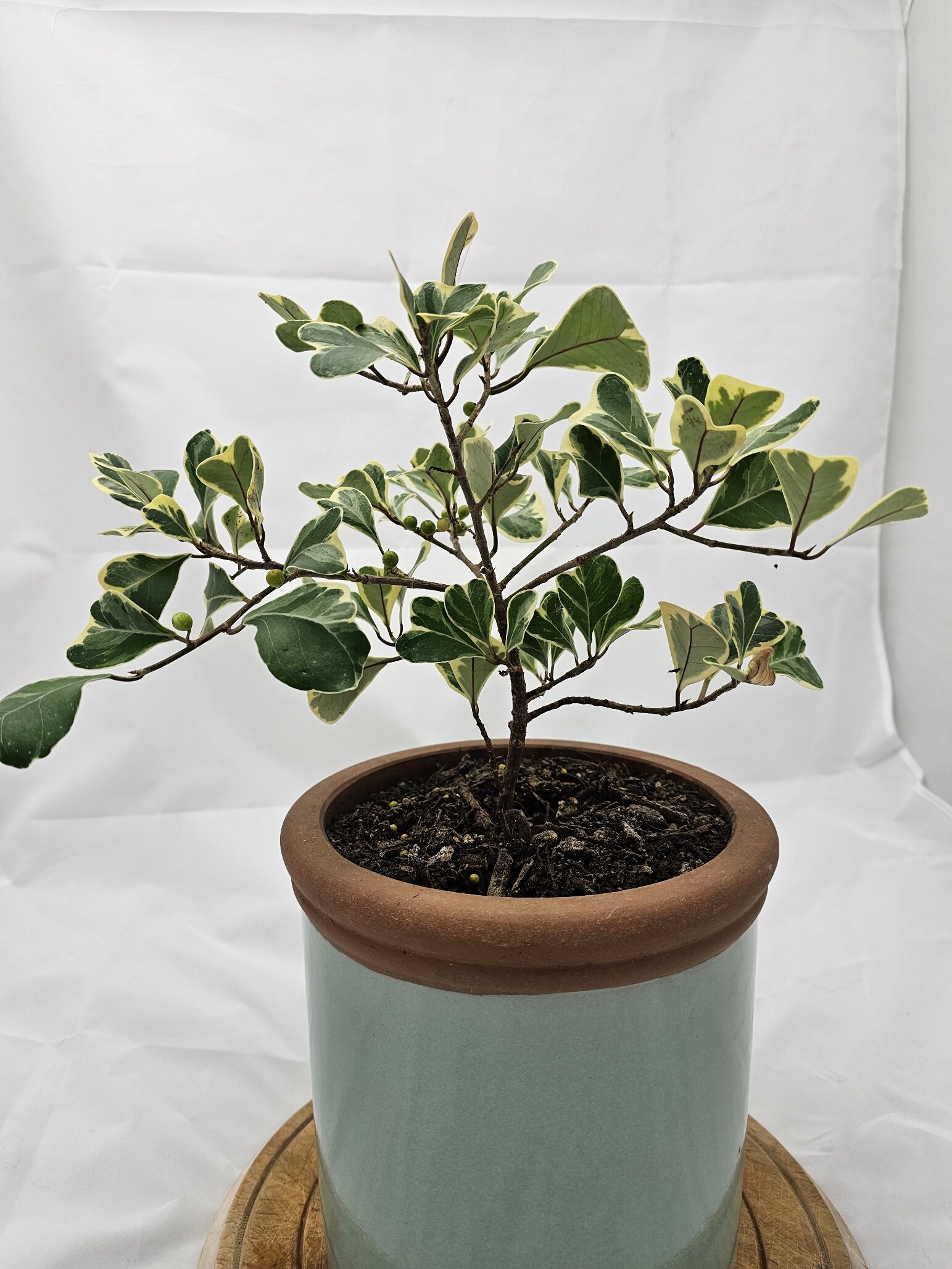
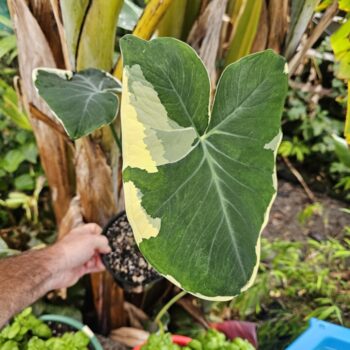
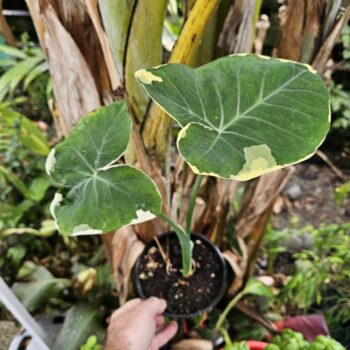
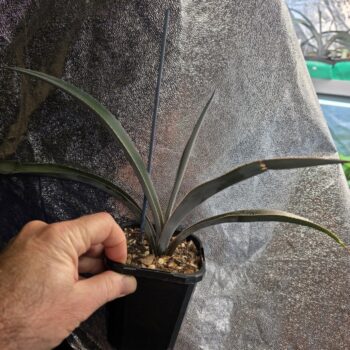
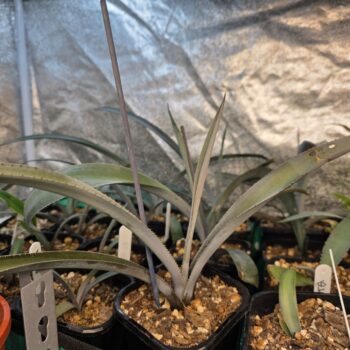
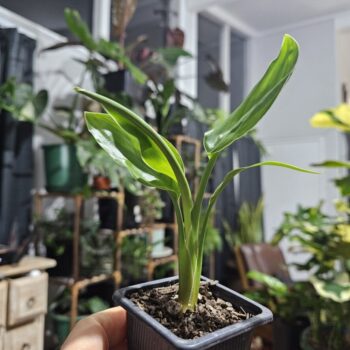
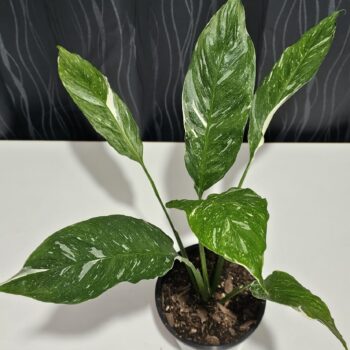
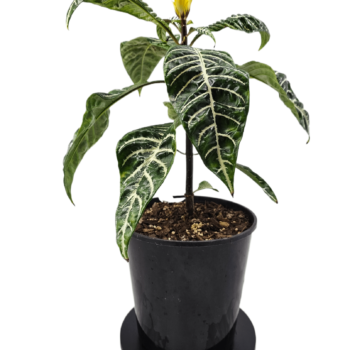
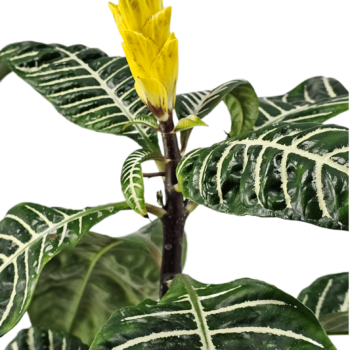
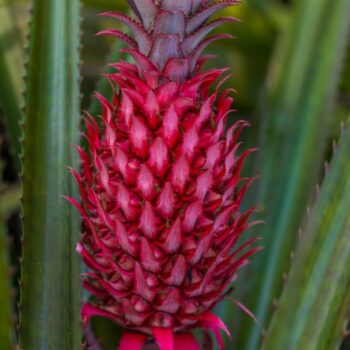
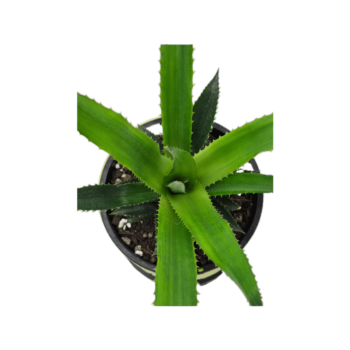
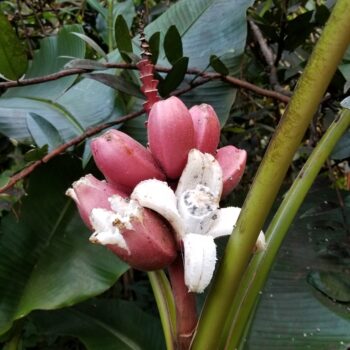
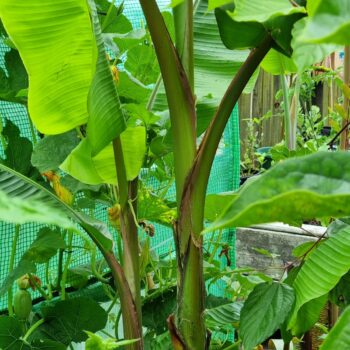
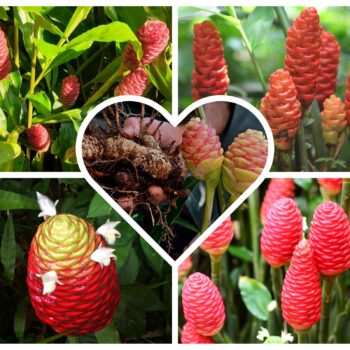

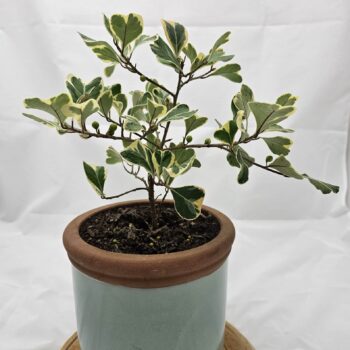
Reviews
Clear filtersThere are no reviews yet.